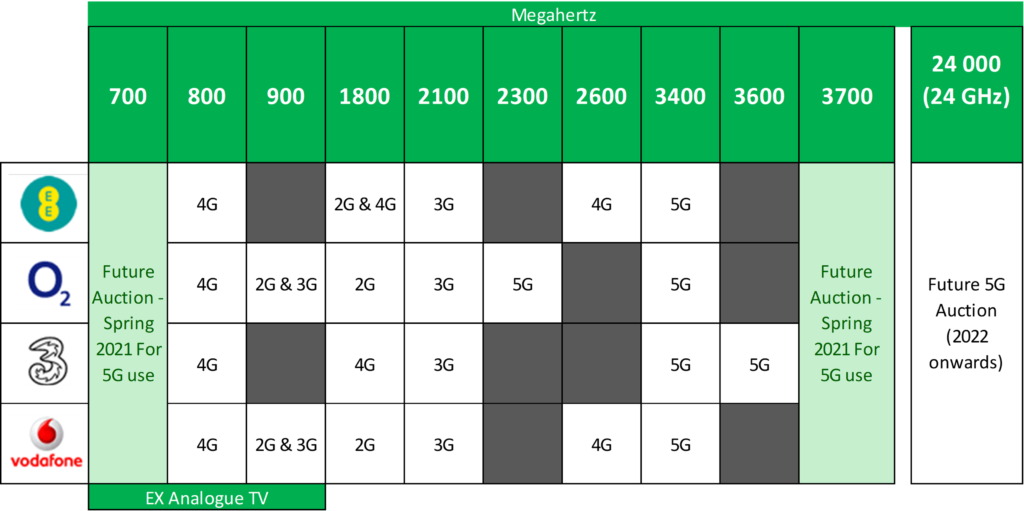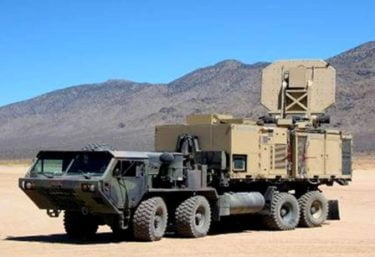Apple recently announced their latest shiny new expensive toys, now with added 5G connectivity. I’m assuming we won’t see Piers Corbyn or David Icke sleeping outside their local Apple store to grab one, but they will no doubt prove as popular with the fanbois as all the previous versions.
In truth, Apple are a little late to the 5G party. The big Korean and Chinese manufacturers have had 5G phones out for over a year, and UK networks started rolling out the infrastructure in the summer of 2019. Long before this, anti-5G campaigners used 4G phones to broadcast their fears. In April 2018, on his podcast Be Reasonable, Michael Marshall interviewed Mark Steele. Mark had been the farce of UK activism with his crusade to remove (what he claimed were) 5G enabled street lights in Gateshead in the north east of England (spoiler: they weren’t).
But as 5G enters the mainstream, despite vociferous and sometimes destructive activism against it, perhaps it is useful to outline what 5G actually is.

Analogue cellular mobile phones first appeared in the early 80’s, and were subsequently replaced with the digital network in the 90’s. The new millennium saw the advent of 3G and data transfers; and in 2010 4G, now with usable data speeds, was rolled out. Like its predecessors, the 5th Generation of mobile phone technology is as much about marketing as it is about specific technological leaps forward. The mobile industry bets a lot of money you will buy their new kit every few years, and a tech reboot every 10 years is a good way to do it.
Each ‘G’ – from 3G on – is essentially an agreed set of minimum standards set by the ITU – The body tasked by the UN to manage the shared use of radio spectrum around the world. Manufacturers and networks work within those standards, regularly creating new technology and innovations.
The result has been a mish-mash of competing technologies and protocols with more acronyms than an average episode of Line of Duty: GPRS, EDGE, LTE, LTE+, WAP, CDMA, WiMAX, HSUPA, UMTS, and on and on…
Radio Ga Ga
All this technology is limited by the physical properties of radio waves. There is a basic immutable fact of radio communication: for a given power output, the higher the frequency, the more information it can carry, and the lower the frequency, the further it can travel. It is a coverage versus capacity trade-off.
The frequency of waves is measured in Hertz. Imagine the waves on a beach caressing your sunburnt feet at a rate of one every second. These would have a frequency of one Hertz: one cycle per second.
Electro-Magnetic radiation waves move at the speed of light and therefore their frequencies are usually measured in multiples of Hertz; from Kilohertz (a thousand per second) upwards in multiples of a thousand (106 Hz = Megahertz, 109 Hz = Gigahertz etc). Once around 1015 (Petahertz) – just past visible light – the radiation has sufficient energy to cause electrons to break away from an atom. This is called ionizing radiation; you don’t want to get in its way for too long if you can avoid it. As you go higher into 1017 (X-Rays) and on into Gamma rays, it can get most unpleasant indeed. Below these ionising levels there is a heating effect, but this reduces quickly as the frequency and power outputs drop.
Given the trade-off between coverage and capacity there is a useful part of the spectrum that is perfect for human exploitation, known as Radio Frequency Radiation (RFR). This falls into the kHz to GHz range.
Low frequency RFR covers the traditional LW, AM and FM radio bandwidths; High Frequency RFR (sometimes called microwave or millimetre wave) is used for more specialist data hungry communication such as radar.
Mobile phones, Bluetooth, Wi-Fi, TV and satellite communications use the Mid Frequency RFR sweet spot of around 500MH to 4GHz, where enough information can be carried by a wave travelling a useful distance.
The slices of the spectrum used in the UK are controlled by OFCOM. They decide who gets what for what purpose. UK mobile networks have their own frequency ranges and use them as they see fit. This chart summarises how the spectrum is sliced and used:

As you can see from the bottom of the chart, some of the current spectrum used for mobile phones was once used for analogue TV in the UK. It is worthwhile bearing in mind that the power output of a mobile phone is around one watt ,and a mobile mast is measured in tens of watts. TV masts operate in hundreds of thousands of watts. Remember the adage “the dose makes the poison”? It is telling that anti 5G campaigners ignore TV masts that have been putting out huge amounts of radio waves at the same frequencies for generations.
Currently all the 5G offerings in the UK use the same frequency ranges as have been traditionally used for all the previous G’s. Radio waves conform to the laws of physics and they are incapable of acting directly on living tissue unless concentrated at very high power levels. The power output would need to be several orders of magnitude higher than mobile phone levels to have any discernible effect. This is why there are limits set by various agencies and bodies around the world and why there is barbed wire around radio and TV masts.
There are plans to use bandwidth around 24GHz. This is higher than that traditionally used for mobiles, but it is still way, way, WAY below ionising radiation levels. It is far below visible light, so if you are worried about RFR, be careful standing under that 100w bulb.
The use of this High Frequency RFR for future 5G offerings, means masts need to be much closer together because the signal will not travel far enough. This is what campaigners mean when they claim there will be a mast on every streetlight. It is nearly true. For the signal at this frequency to be useful transmitters would have to be a few 100m apart. Streetlights make excellent, already available, potential masts. However, the mast would be small and the signal very low powered.
5G Weapons-Grade tech
Proponents claim that 5G uses the same frequency and technology as the Active Denial System. This non-lethal weapon developed for the US military (who else) used extremely high powered, directional High Frequency RFR to cause mild burning and pain in people they wished to temporarily disable.

There is a ring of truth to it. Some of the technologies developed have been co-opted into 5G mobile phone technology (and vice-versa): beam-forming, massive MIMO and the potential use of a similar frequency radio signal for instance (though slightly higher and massively more powerful). But to claim it is ‘military grade’ and therefore dangerous is akin to calling your Bonfire Night sparkler a bomb because it contains potassium nitrate.
5G is not a weapons system. It uses the same safe, well understood principles of radio waves that have been used for over a century. The rules for use are well within safety levels and decades of research along with ongoing studies have demonstrated this. Despite what proponents claim, there is no evidence 5G, or any other G has caused, or will likely cause Covid-19, cancers, or the myriad health scares that are attributed to it.



